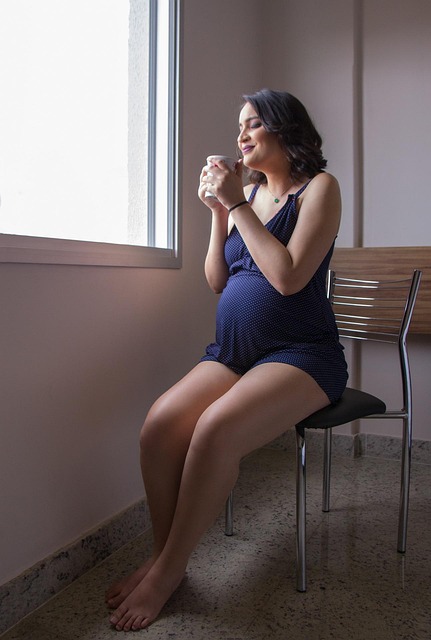There’s something special about crisp autumn mornings, the hum of leaf blowers, and the indulgence of iced pumpkin spice lattes (PSLs, for those who might still need a refresher). It signifies the arrival of fall—hoodie weather, pumpkin beer, and football games. It’s the season where I can finally rejoice in the fact that I’m free from the tyranny of shaving my legs. However, alongside these delightful changes, there are aspects of fall that I dread—elements that truly unsettle me. With the drop in temperature comes the longer, darker days, and unfortunately, a heightened sense of sadness.
Seasonal affective disorder, commonly referred to as SAD, is a form of depression that typically surfaces in the colder months when natural sunlight is scarce. Similar to other clinical depressions, such as major or postpartum depression, SAD is marked by feelings of guilt, emptiness, and despair, leading to fatigue, sleep disturbances, changes in appetite, and a general disinterest in activities that once brought joy. The term “seasonal affective disorder” may imply a lesser intensity than chronic depression, but this condition can be just as debilitating and frightening.
I can’t pinpoint a specific day when SAD descends upon me. One day feels normal, and the next, my limbs feel heavier, and my spirit feels dimmed. I’m not overtly sad, but there’s an overwhelming sense of emptiness. My mind races, and as the frenzy of summer’s end fades, I find myself lost and unsure of what lies ahead.
I crave the comfort of pajamas all day, the warmth of oversized sweaters, and the embrace of my thickest blankets. I want to hibernate, to retreat from the world. In my youth, fall was a time of excitement filled with costumes, treats, and the magic of Christmas. I remember the joy of presents, school breaks, and festive meals laden with cranberry sauce and buttery mashed potatoes. But now, as the cool Canadian air creeps into the Northeastern U.S., I retreat more and engage less. The holiday season brings with it a wave of anxiety—fake smiles, forced hugs, and seemingly endless gatherings. The pressure to perform and maintain a facade is suffocating.
I wish I could relish pumpkin picking with my little one and enjoy our annual visit to Santa’s Workshop at the Staten Island Mall, but I find it hard to be present. Smiling feels like an uphill battle, and conversations often turn into a struggle to hold back tears. So, I withdraw. I cancel plans, initiate projects I know will remain unfinished, and start books I’ll never read. I become adept at avoiding discussions about my life, letting calls go to voicemail and turning down any social invitations. Because what I’m experiencing feels sad, it seems pathetic—definitely not “fun” conversation material. I find myself sitting idle, consumed by worry, tears, and thoughts that drift toward darker places.
I close the curtains, crank up the heat, and retreat into cozy solitude. I wear my leopard-print robe, mismatched socks, and a black bandana, all while shielding myself from the world. My seasonal depression is as real as my year-round battles with mental health, but this particular episode comes like clockwork. I can’t predict the exact moment it will hit, but I sense its approach, creeping in like an unwelcome breeze. I know that between September and October each year, it will seize me. You might assume that awareness would ease the burden, but it doesn’t. I’m left in limbo, waiting for the days to stretch long and the nights to linger. Just waiting, echoing Annie’s hopeful refrain that the sun will “come out tomorrow.” Just waiting for this to pass.
For those navigating similar experiences, resources like this excellent guide on IUI and Cryobaby can provide valuable information. Additionally, check out this blog post on home insemination kits for further insights.
Summary:
The arrival of autumn brings both joy and melancholy. While the season signifies cozy comforts, it also ushers in seasonal affective disorder (SAD), a form of depression that can weigh heavily as days grow shorter. The struggle to engage with loved ones and enjoy seasonal activities can feel overwhelming. Awareness of these feelings is essential, but it doesn’t always make the burden lighter. Resources are available for those seeking support and understanding.
Keyphrase: seasonal affective disorder
Tags: [“home insemination kit” “home insemination syringe” “self insemination”]
